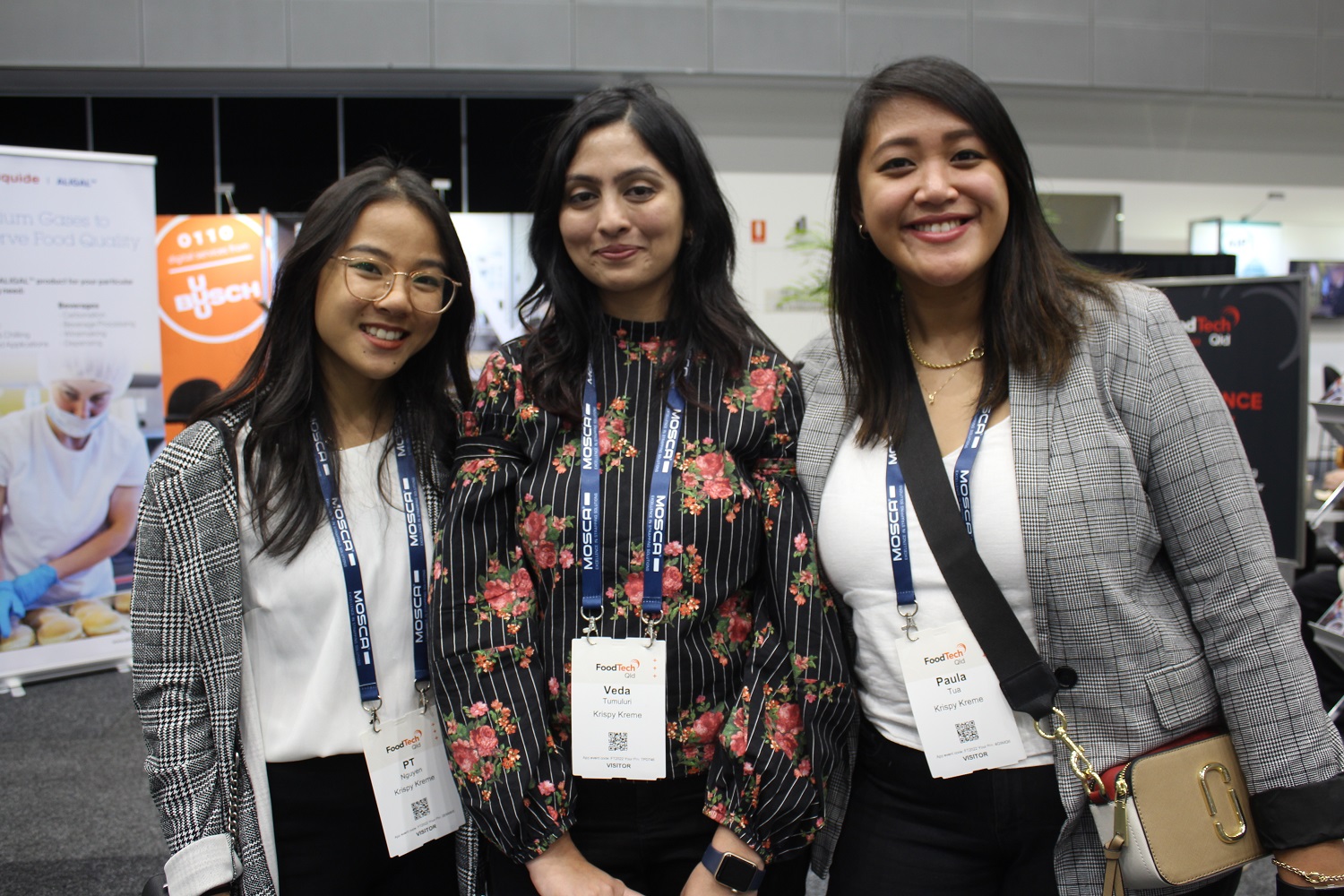The pet food industry is booming. Globally it’s expected to hit $115.5 billion by the end of this year, up $5 billion from 2021 according to Fortune Business Insights. Some of this growth is being driven by rising pet ownership in China, but mostly it’s due to the spreading popularity of premium pet foods.
Gone are the days when canned food was the norm. Now pet products need to increasingly resemble human foods, with a similar emphasis on nutritional value and sustainability. Recognising this shift, Nestle recently dialled up its local production of premium single-serve cat food, via a $90 million upgrade to its factory in Blayney, NSW.
But what if you don’t have $90 million to invest? Rather than aiming for a complete overhaul, retooling your facility for flexibility allows your company to stay current and on-trend as the market continues to evolve.
Here are four cost-effective ways to ensure your plant is flexible.
Invest in Co-Extrusion
A co-extrusion machine allows two recipes to be combined into the one product. For example, a co-extrusion machine could combine two coloured mixtures into a twisted strip product, a filled-tube product, or any number of treats with a gooey-middle. Such machinery can combine any mixture of textures, flavours, and colours to allow for endless variety, while products can be made in large or small batches.
If there’s was a single piece of equipment to ensure greater flexibility, a co-extrusion machine would be it.

Please enjoy this cute photo of a cat in a box before you continue reading.
Get Ready for Plant-Based Pet Foods
A move towards plant-based protein is happening in human foods, and subsequently affecting what foods we buy for our pets. In fact, one recent study found that nearly 75% of pet owners are open to feeding plant-based proteins to their dogs and cats. And this represents an opportunity.
The fact is that “plant-based” doesn’t just make your product look sustainable. It also has some logistical advantages at your plant.
The first is that plant-based protein usually comes in the form of a long-life, shelf-stable powder. It doesn’t require refrigeration or high-temperature cooking, or time-consuming processes such as cooling or thawing.
The second benefit is its extreme versatility. Protein derived from soy or other legumes can be turned into the chunky parts of a stew or can be used to create a more loaf-style blended product. If a particular presentation isn’t selling, the same ingredient can be used to create an entirely different texture and appearance.
Get Creative
The push for sustainability doesn’t just mean using more plant-based ingredients. It can also mean using insects or reevaluating how we think about byproducts like blood and feathers.
Blood plasma, for example, has been shown to have a range of health benefits for both cats and dogs. Dogs that eat a diet high in plasma show improved digestion and decreased faecal output, while both animals also seem to enjoy the flavour. One 2005 study found that cats prefer pet foods that use plasma as a binding agent over wheat gluten.
The trick to using such products in innovate ways is to consult the experts. We can suggest cheap and efficient ways you can remove iron from plasma to free up a plentiful and healthy new resource.
Gear Your Packaging Lines for Flexibility
A mix of automation and manual labour can be useful to stay flexible and allow for product runs of all sizes. The advantage of doing a bit of both is that automated lines can service larger clients with established products while hand-packed lines to allow for customisation and flexibility.
We’ve delivered countless projects in food manufacturing, for animals and humans, so if you’re considering an upgrade or simply wondering what a third-party evaluation of your facilities could achieve for you, we’d be happy to have a conversation.



